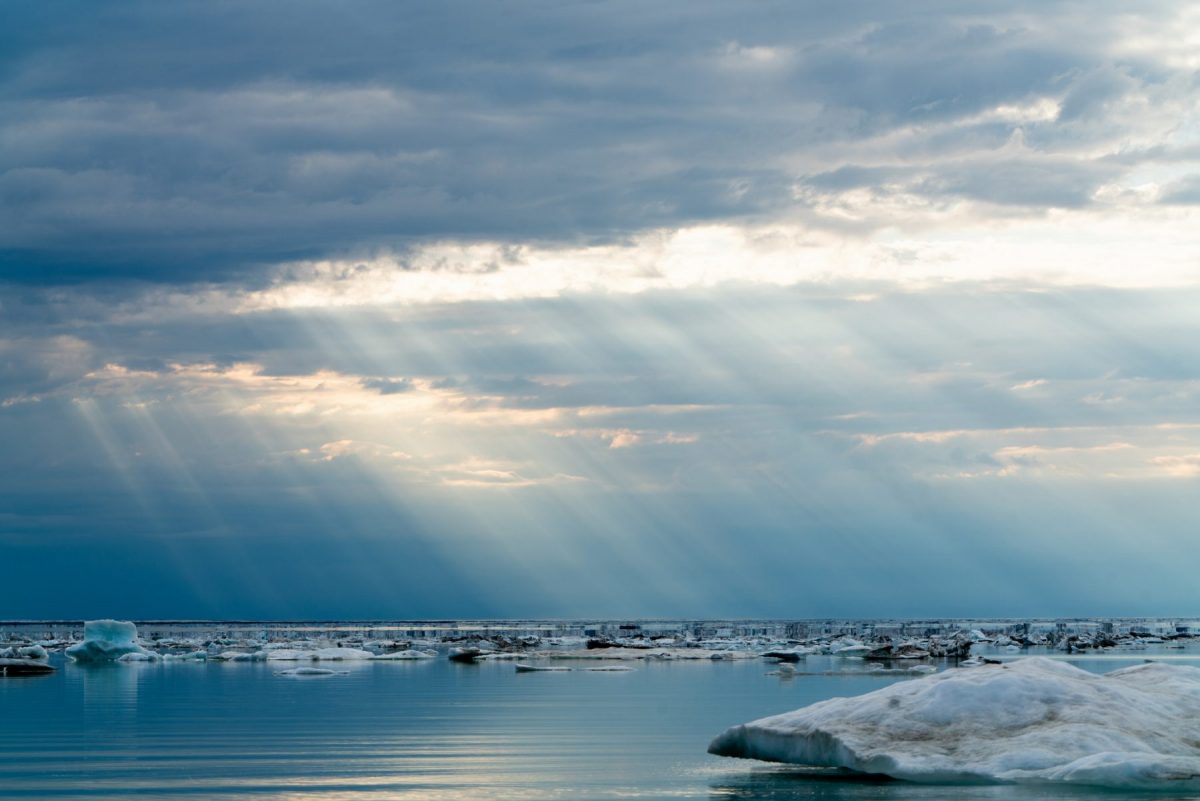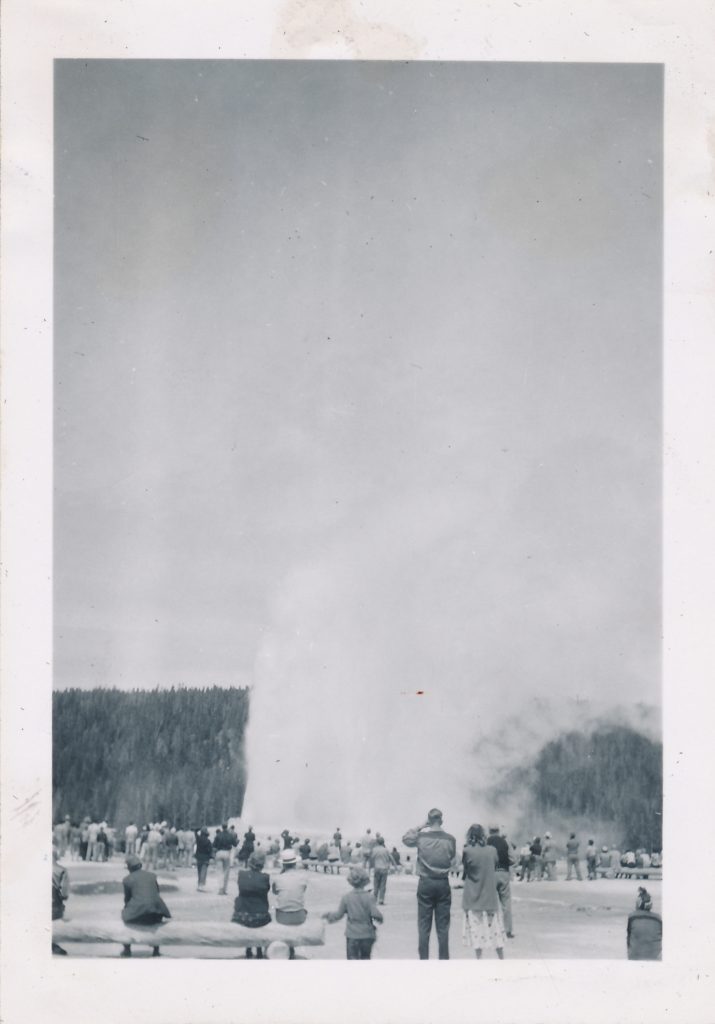On March 1, 1872, President Ulysses S. Grant signed into law the Yellowstone National Park Protection Act, establishing the first of the nation’s national parks and laying the foundation for the U.S. to become a global leader in conservation.
“Though radical at the time, the idea of conserving nature through the creation of protected areas has become the most powerful, effective, and flexible tool of American conservation policy,” said Ryan Richards, a senior policy analyst for public lands at the Center for American Progress (CAP), in a press release. “To date, this strategy has protected millions of acres, emerged as a point of national pride, and made the United States a global role model for conservation.”
But, in recent years, the country’s image as a role model has been slipping.
“Though radical at the time, the idea of conserving nature through the creation of protected areas has become the most powerful, effective, and flexible tool of American conservation policy.”
In the century and a half proceeding the establishment of Yellowstone National Park, the U.S. increased its conservation acreage significantly — to 13 percent of its total lands by 2016. But, in just two years in office, President Donald Trump has reduced that amount by 1.2 percent.
The Trump administration’s move to eliminate or weaken protections for approximately 3.3 million acres of public land has included Grand Staircase-Escalante and Bears Ears national monuments in Utah as well as Arctic National Wildlife Refuge and Izembek National Wildlife Refuge, both in Alaska. According to CAP, Grand Staircase and Bear Ears alone represented the largest reduction in protected areas in U.S. history.
But the diminishing of protected acres — and waters — cannot be attributed to Trump alone. In recent years, Congress has been less inclined to conserve land, passing only three major pieces of legislation in the last decade aimed at doing so, CAP reports.
Combined, all of these factors have weakened the United States’ image as a leader in conservation.
“The United States is unique in that it is the only country of the three largest North American countries to show a net loss in overall protected area in any year,” Richards wrote in a recent CAP report.
Released December 4, the Measuring Conservation Progress in North America report reviews and compares trends in the conservation of lands and oceans across the continent’s three largest countries — the U.S., Canada and Mexico — over the last few decades. The first-of-its-kind analysis, the report serves as a warning regarding what may happen if the U.S. continues eliminating protections for conserved lands.
“The United States is unique in that it is the only country of the three largest North American countries to show a net loss in overall protected area in any year.”
In 1992, 196 nations began a partnership to collaborate on conservation efforts. Known as the Convention on Biological Diversity (CBD), 196 nations signed this global agreement to designate 17 percent of their lands and 10 percent of their oceans for conservation by 2020. Using 1992 as a starting point for the report, Richards noted that at that time, only 2 percent and 6 percent of Mexico’s and Canada’s lands, respectively, were under conservation management. In the U.S., this figure was 10 percent.
Since signing the CBD, the countries have collectively worked hard to dramatically increase these percentages. As of 2018, Mexico was at 14 percent, Canada 10 percent, and the U.S. slightly above 12 percent. Nearly 90 percent of current land protections in Mexico have been granted since 1992, and approximately half of Canada’s were implemented in that time. And while the United States has increased its overall acreage of conservation lands since the early ’90s, according to the report, in the last several years, it has eliminated any progress made since 2015.
“The United States has foregone its role as a global leader in land and water conservation,” Richards said. “Instead, Canada’s and Mexico’s progress toward their 2020 commitments stand out as examples of conservation leadership in North America.”
Yet, in spite of their advancements, the report notes that none of the three nations has achieved the CBD’s 17 percent goal for protected lands.
Richards also explores the supplementary role of private land conservation. Although the U.S. boasts more of these acres, at 3.3 percent — which he largely attributes to “federal and state incentives for conservation easements” and “high levels of private land ownership” — the disproportionate ratio between public and private lands demonstrates “how central public land is to conservation,” Richards said.
“… Habitats in areas that are more conducive to human development are left vulnerable — places such as wetlands, grasslands, rainforests, and deciduous forests.”
“While some gains have been made in increasing private land conservation, public lands — especially national parks and forests — anchor large-scale conservation programs, even in areas dominated by private lands,” he noted. Areas in which demand for property is lower (i.e., deserts, mountainous terrain, etc.) often have the largest percentage of public lands. “The ecosystems in these places are more likely to receive protection,” Richards wrote, “while habitats in areas that are more conducive to human development are left vulnerable — places such as wetlands, grasslands, rainforests, and deciduous forests.”
Development of these areas affects not only plant life but also the animal species that live there. According to Measuring Conservation Progress in North America, the number of wildlife and their habitats are rapidly declining: “Scientists agree that species extinctions are occurring at a rate that is 100 to 1,000 times faster than before humans were present,” explained Richards.
It’s not all doom and gloom, however. When it comes to oceans, the U.S. has protected the largest portion of waters out of the three countries, at nearly 26 percent; the majority of this contribution to ocean conservation has occurred since 2004, CAP reports.
But Richards urges Americans to do better.
“Protecting lands and oceans is important to the future of both natural systems and society,” he wrote. “While Mexico and Canada have taken promising steps toward better stewardship, the United States has seen an overall reduction in protected areas since 2017. If this trend continues, it places the future of American wildlife in dire straits.”





